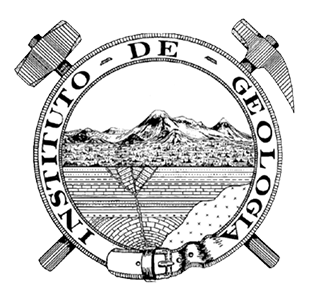Abstract
This work reports the first results of CO2 flux associated to the volcanic activity of the Planchón-Peteroa volcanic complex, Mendoza province, Argentina. The survey was carried out in the valley of arroyo Los Baños, in the eastern flank of the Peteroa volcano, where evidence of volcanic activity is found (Termas o Baños del Azufre). The CO2 fluxes were quantified applying the so-called dynamic closed chamber method, wich was previously calibrated in the laboratory. CO2 fluxes ranged from 6 g/m2·day to 114 g/m2·day; they were log-normally distributed and they were fitted to a logarithmical model with nugget effect when the variograms were applied. The cumulative probability plot showed three different flux populations with means of 13 g/m2·day (background soil gases) and 29 g/m2·day and 83 g/m2·day (anomalous gases). These anomalous values, which correlated positively with the land temperature, would be related to the magmatic degassing of the complex, since they were registered in the same topographic level that the hot springs, wich showed total dissolved inorganic carbon (TDIC) -δ13C between -11.7 ‰ to -9.6 ‰, corresponding to the interaction of the water with fluids associated to gases of magmatic origin. Isotope data of δ18O (~ -14 ‰) and δ2H (~ -106 ‰) of these water samples indicated a main contribution of meteoric waters; this suggests that in the valley of arroyo Los Baños, melt waters infiltrate into the ground and are warmed up by hot subsoil gases. In this valley, the ascent of CO2 gives rise to two manifestations as follows: direct emissions through the hot springs and diffuse emissions through the alluvial deposits.
This work is licensed under a Creative Commons Attribution 4.0 International License.
Downloads
Download data is not yet available.








